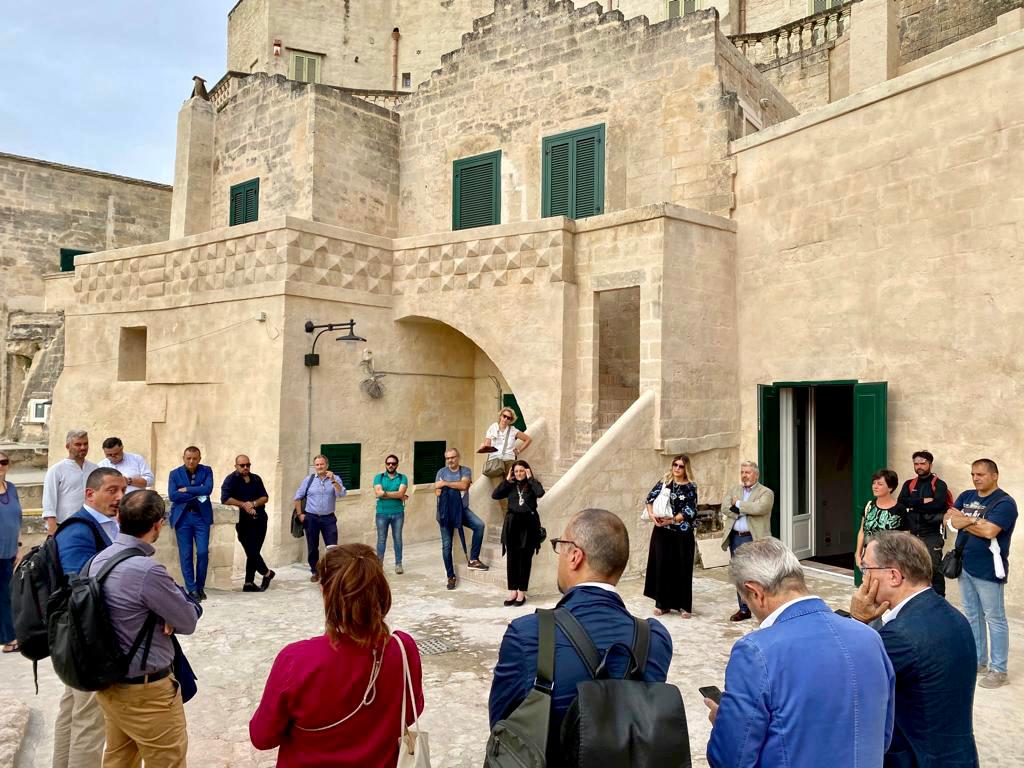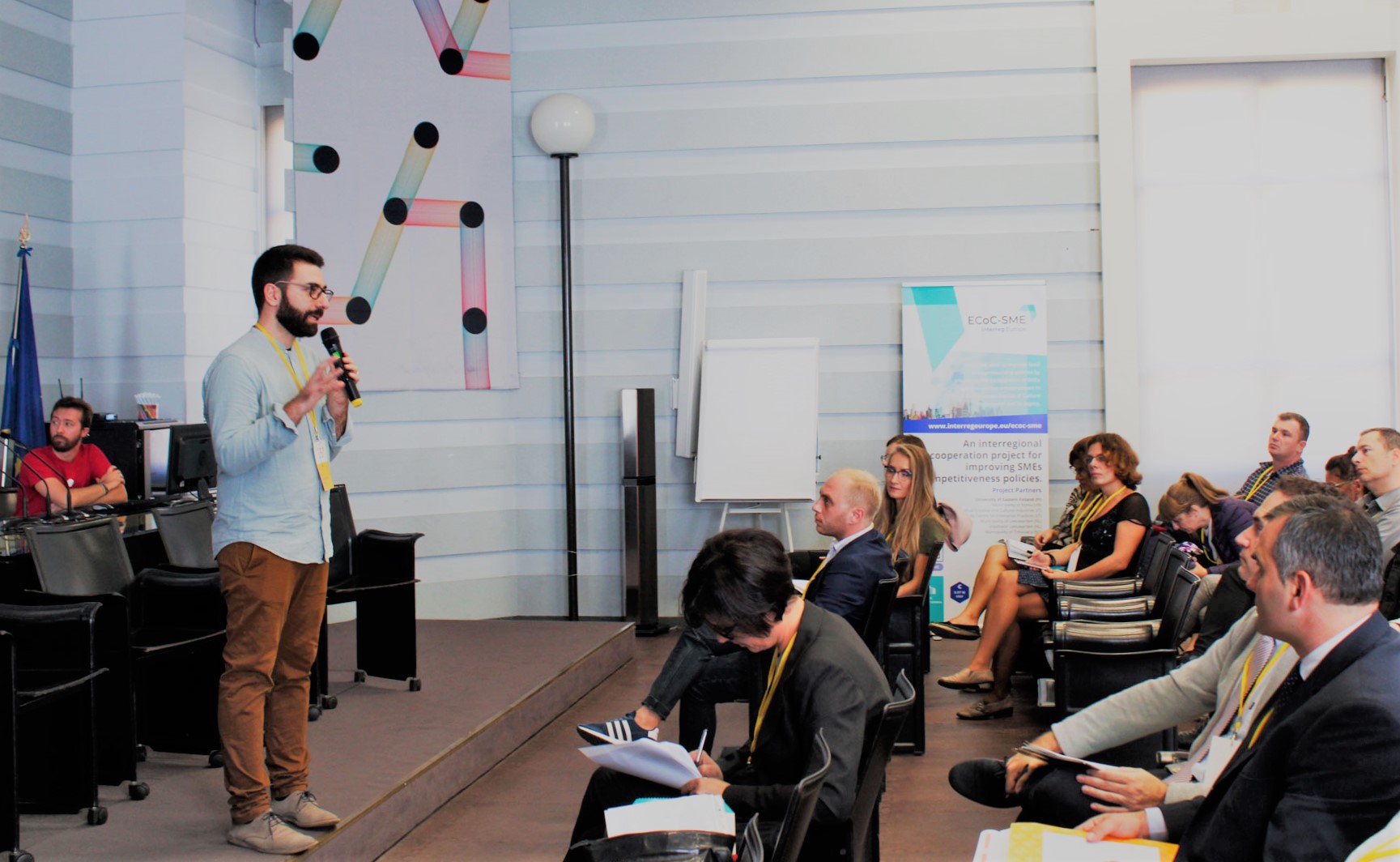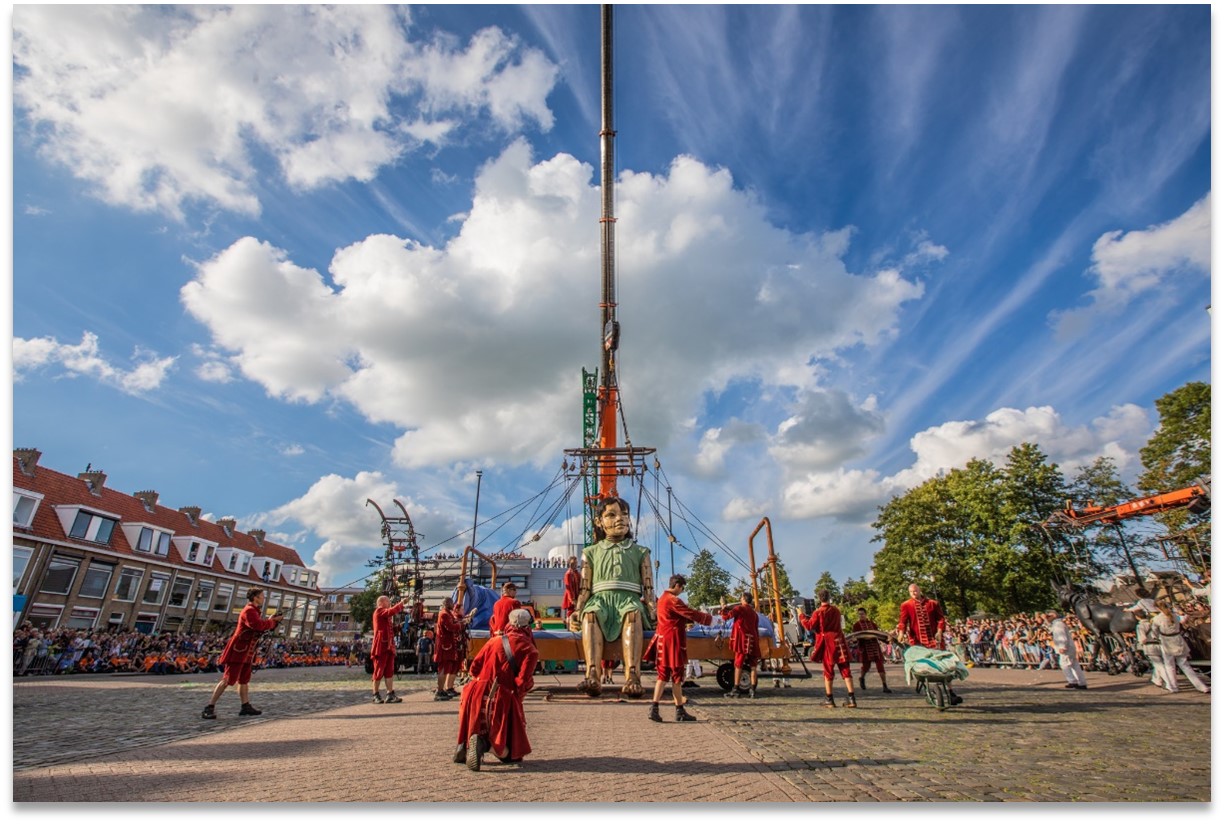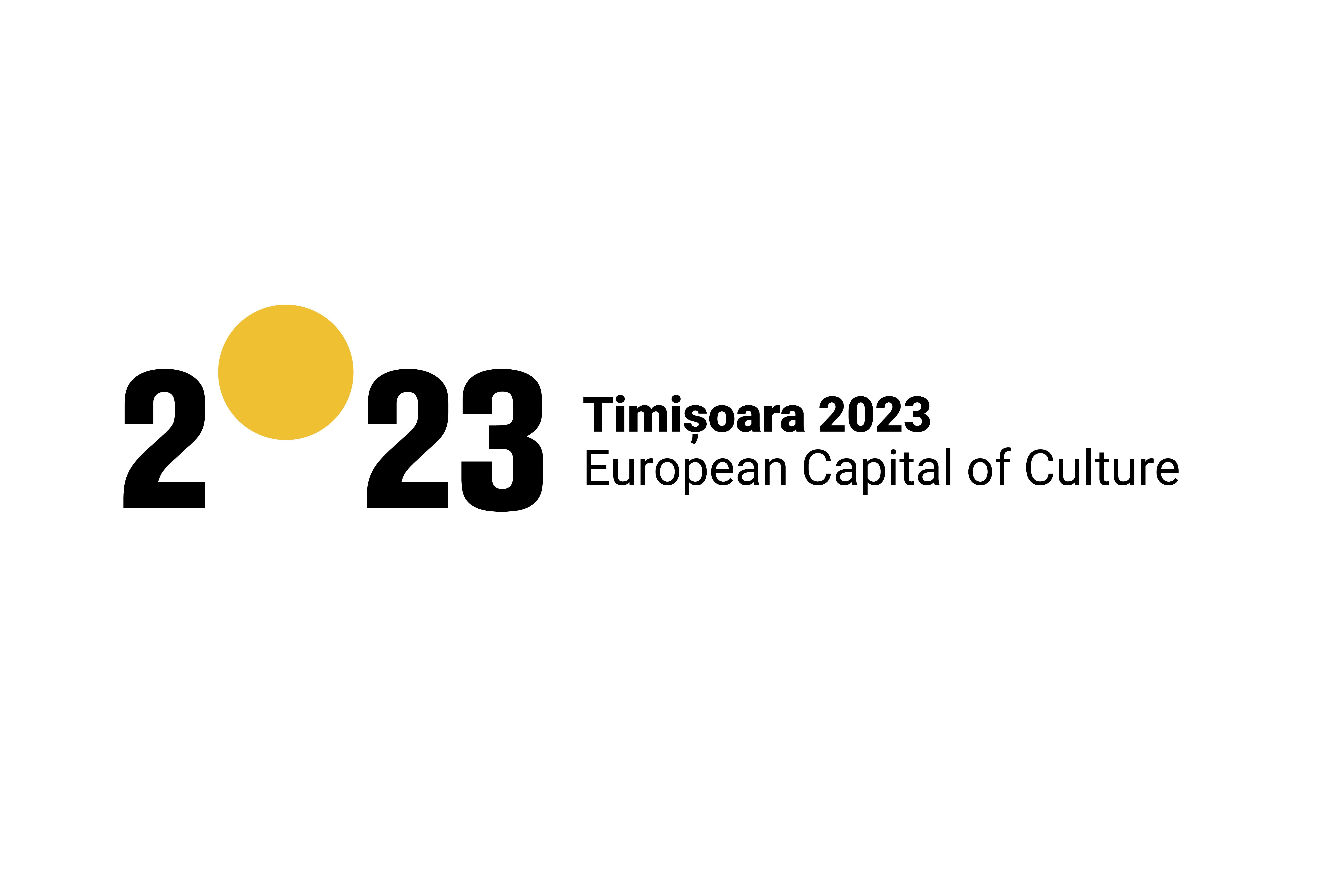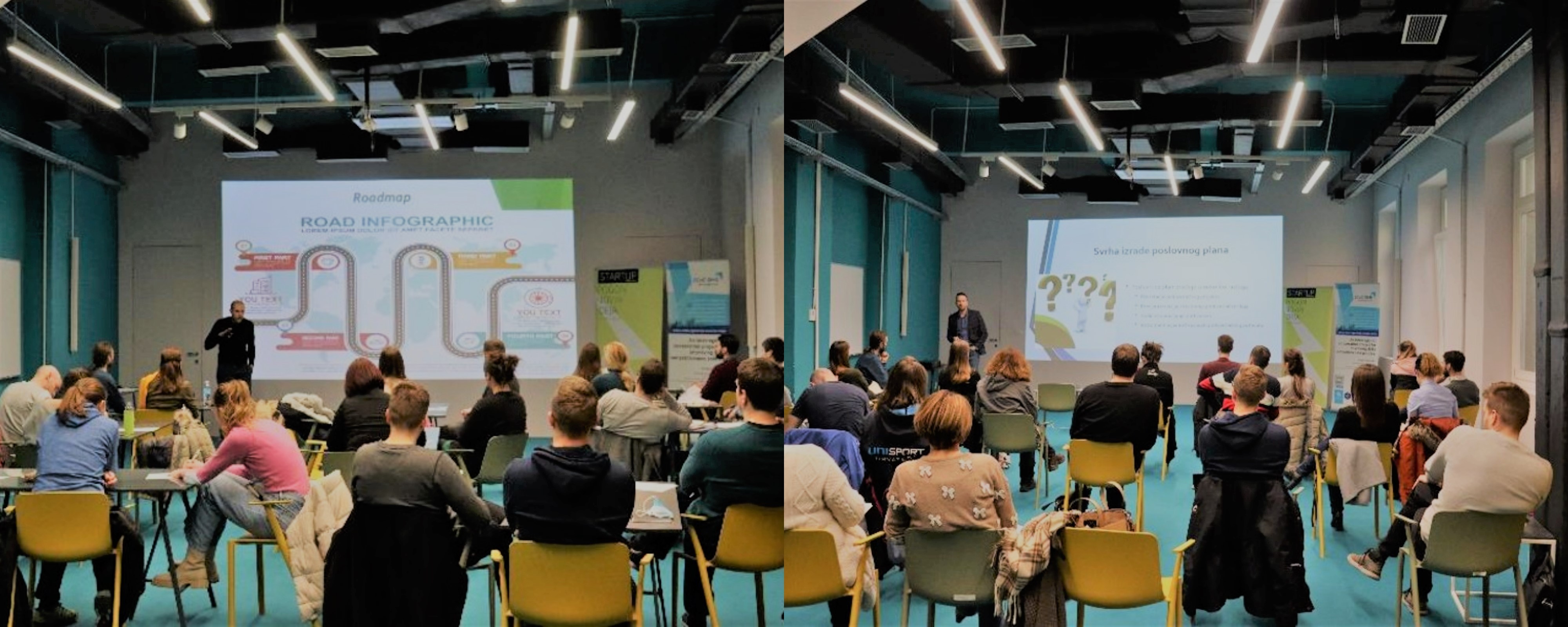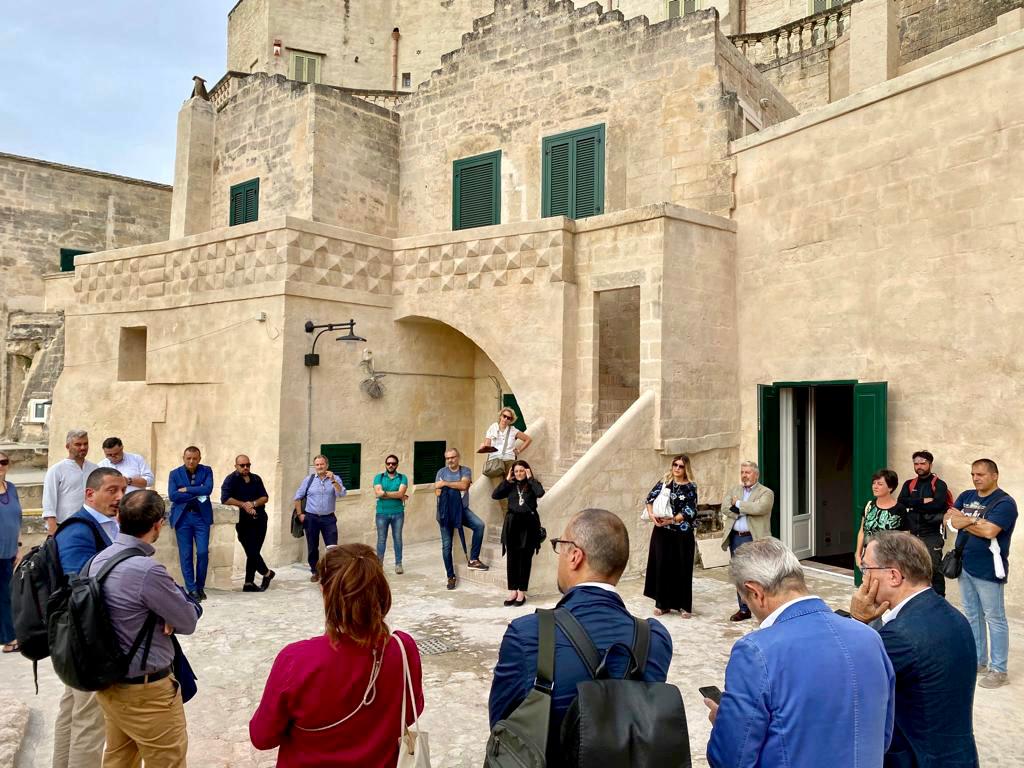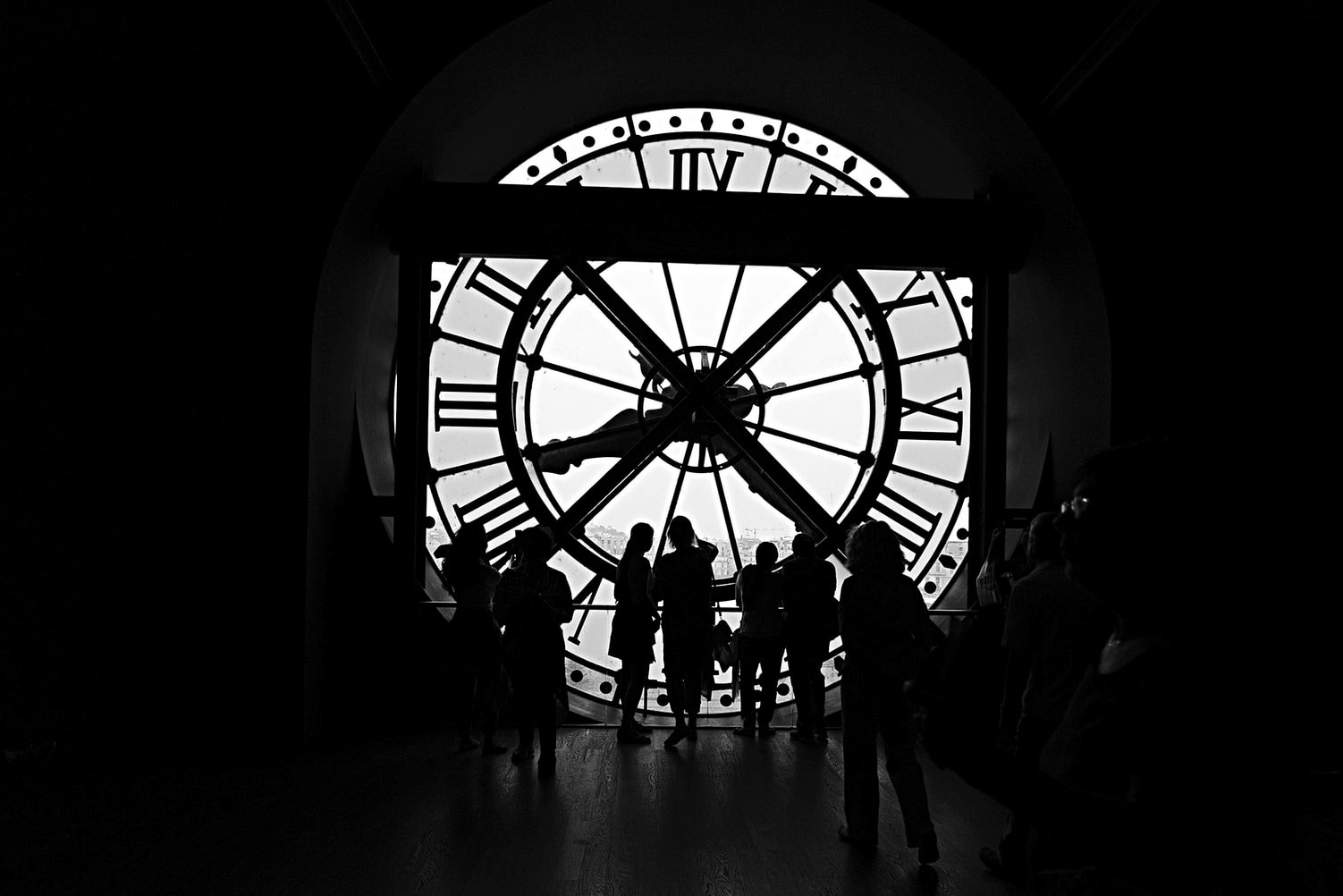The Joint Research Centre of the European Commission published a report on the effects of COVID-19 on cultural employment and tourism, and how the European Union, countries and cities are joining force in supporting the cultural and creative industry (CCI).
Read more: European Cultural and Creative Cities in COVID-19 times
Cultural jobs at risks
It is not easy to quantify culture. Nevertheless, it is undeniable that CCI is one of the sectors most severely hit by the COVID-19 lockdown and other adverse impacts.
On average, CCI accounts for of 3.7% of total employment in the EU, although this number is likely to be lower than reality, as cultural and creative activities are encompassed within various facets and sectors. Self-employment rate is 32% in the sector, doubled that of 14% in the whole economy. This means that self-employed artists are at risk of not only job losses due to COVID-19, but also a lack of alternative financing schemes or unemployment and health insurances.
Self-employment among artists and writers, compared to the whole economy. Highlighted are our project partners’ countries. (No data available from Romania)
Photo credit: European Union, 2020
A three-tiered policy response through four channels
Some grant systems guarantee that already approved but postponed or cancelled programmes to be disbursed as planned. This example is seen in Croatia, who used a crisis fund for civil society organisations working in contemporary art and culture, and Italy, who similarly issued an emergency fund of 245 million euros for the performing art, cinema and audio-visual sector. As cancellations of (large-scale) events are encouraged, cities in return offer waiver of grant repayment, or advanced fees for delayed activities.
Indirect financial instruments are also laid out, such as tax relief and rent exemption for cultural entities opening to the public.
Compensation or other financial support exist in two main instruments: (1) support/ crisis/ emergency funds, and (2) reinforcement of the acquisition funds. In May, Amsterdam approved a financial boost of 17 million euros to their annual CCI budget, aimed at preventing key cultural institutions from closing. On July 1st, Romania launched the National Plan for Investments and Economic Recovery, of which about 350 million euros could go to companies in the hospitality, tourism and transport industry.
Although less common, additional investments to the curation budget are seen in Barcelona and Lisbon to extend their book and art collections.
Non-financial support often explores the diverse digital channels. As the physical experience of art and culture is restricted and/or prohibited, new means of cultural display are employed. Virtual tours of museums, concerts and shows are offered as a face-to-face alternative (Barcelona). A boost of online library collection of books, magazines or music in different language also maintains and fulfils the desire for culture (Helsinki).
Although not mentioned in the report, the 24-hour city concept has recently been brought to attention in EUROCITIES webinar “City dialogue on culture”. The concept, already been in practice in London, received a lot of interests as an operating alternative for cultural buildings to finance its operating costs in a safe manner.
Moving towards resilience
Prompt responses have come in timely, nevertheless, medium and long-term solutions are still needed for cultural activities to have a more integrated and visible role in other sectors.
It is interesting to observe that European Capital of Culture (ECoC) was not mentioned in the report. In terms of CCI, domestic tourism and job creation this mega event is not thought of. Rijeka 2020 was less than three months into their ECoC year before COVID-19 hit. Their national theatre Ivan pl. Zajc has recently announced their summer agenda with 6 premieres, 4 of which would not be financially possible had they not been part of the ECoC 2020 programme.
Recent interregional exchanges at our project workshop (10.6) and open seminar (16.6) also concluded that local communities have a vital role in economic and cultural revival. Therefore, digitalisation, although promising, is only helpful when it maintains – not replaces – human connections.
COVID-19 alleviating measures for CCI pursued by huge metropolises are not always feasible for smaller places financially and politically. It was shown in the report that small and medium size cities are also more vulnerable due to higher appearance of cultural activities and infrastructures in their economy, compared to large cities, but also hold many potentials for the revival of culture and domestic tourism in their regions.



